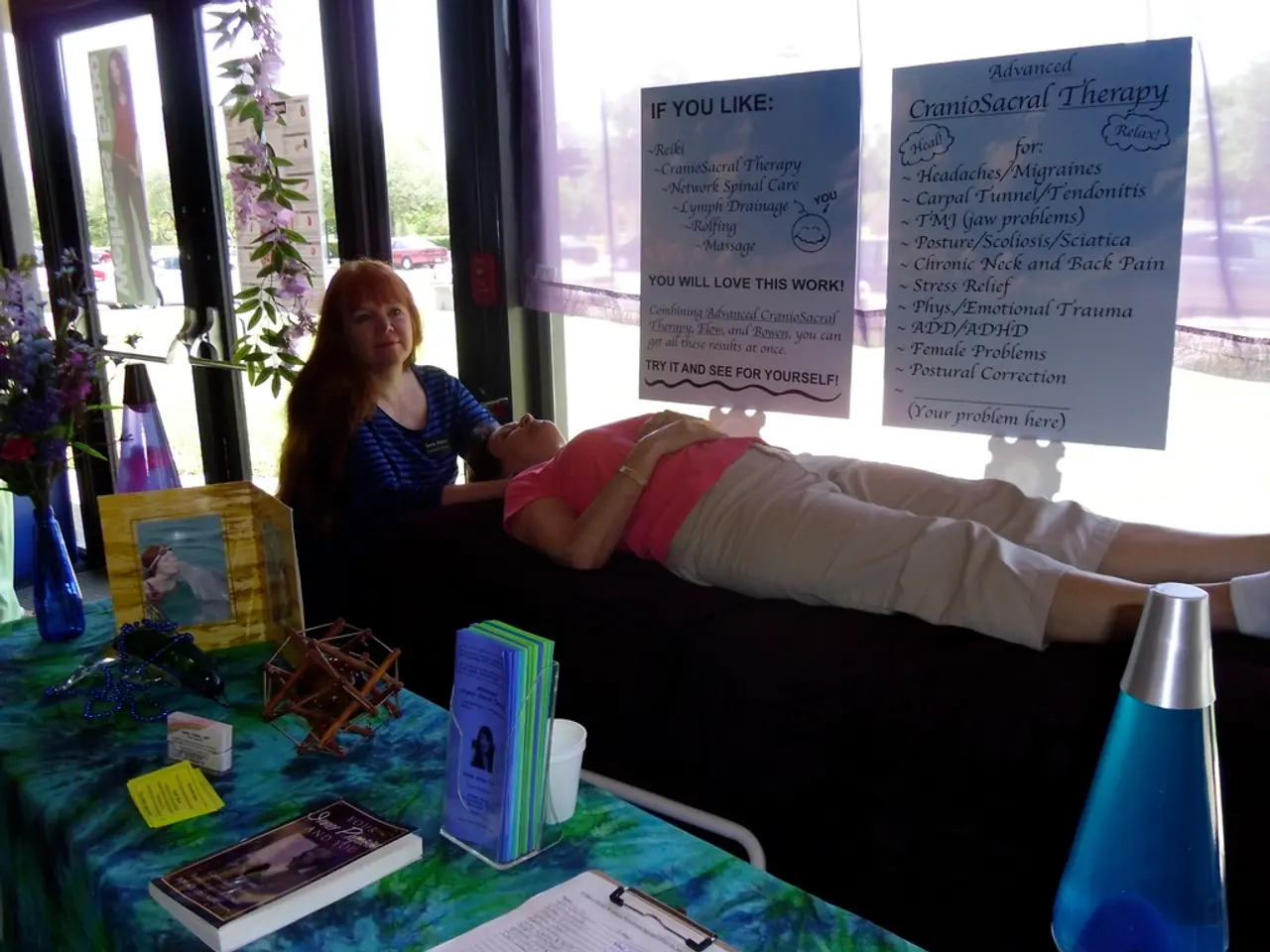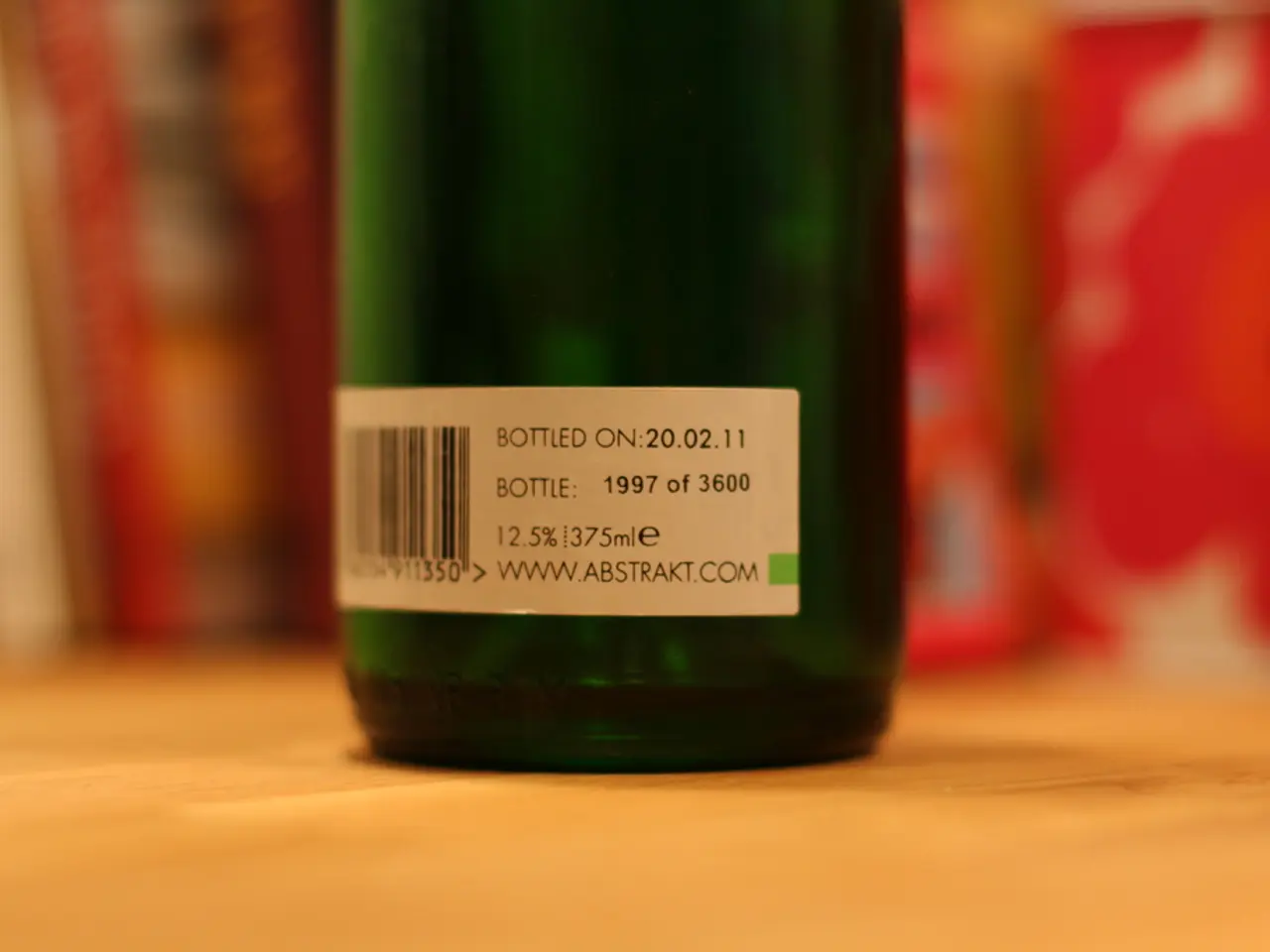In a Relationship, What Constitutes "Toxicity"?
In the complex landscape of human relationships, understanding the dynamics that can lead to toxicity is crucial. Toxic relationships, characterised by harmful and negative behaviours such as manipulation, excessive criticism, passive-aggression, jealousy, disrespect for boundaries, and lack of empathy or honesty, can leave individuals feeling drained, unhappy, disempowered, and unsafe.
One key factor that contributes to the development of toxic relationships is our attachment style, a pattern of behaviour that forms in early childhood and influences our interactions in romantic relationships. For instance, fearful-avoidant (disorganized) attachment can lead to a push-pull dynamic, where individuals are drawn to and repelled by intimacy simultaneously. Fearful-avoidant individuals may display inconsistent behaviour, intense fear of rejection, self-sabotage, difficulty trusting, and emotional turmoil.
Another attachment style, anxious attachment, makes individuals particularly vulnerable to trauma bonds. Anxiously attached individuals may exhibit excessive clinginess, jealousy, emotional volatility, neediness, and manipulative behaviour. Trauma bonds, rooted in past trauma, manifest through a cycle of intense highs and lows, where periods of affection and connection are interspersed with episodes of abuse and manipulation.
Codependency, a specific form of trauma bond, is characterised by an unhealthy reliance on one another for validation and self-worth. This dynamic often stems from early attachment wounds, leading to enabling destructive behaviours and sacrificing personal boundaries. Emotionally abusive relationships, on the other hand, involve manipulation, verbal attacks, undermining self-worth, isolation, and blame.
Recognising the signs of a toxic relationship is essential for taking necessary steps to protect oneself. Constant criticism, lack of respect for boundaries, manipulation, escalating conflicts, unequal power dynamics, and inability to communicate effectively are all red flags. Signs of emotional abuse, such as manipulation, belittling, and control, can overlap significantly with both trauma bonds and codependent relationships.
Addressing toxic relationships involves honest introspection and communication about feelings with the other person, ideally in a respectful and loving manner. Setting and enforcing personal boundaries is crucial. For relationships such as marriages, efforts toward reconciliation and maintaining commitments through love and mutual respect are emphasised, while recognising that some relationships may never be healthy and should be ended for one’s wellbeing. For young people, keeping open non-judgmental communication with trusted loved ones about their relationships can help them recognise and escape toxic dynamics.
Healing from a toxic relationship requires acknowledging and processing the trauma, practicing self-care and self-compassion, and setting boundaries and reclaiming one’s needs. It's important to remember that everyone's healing journey is unique, and seeking professional help can provide valuable support during this process.
In conclusion, understanding the meaning of "toxic" is crucial to recognise unhealthy relationships and take necessary steps to protect oneself. Behaviour in relationships is significantly influenced by attachment styles, and toxic behaviours can manifest based on these styles. By identifying persistent patterns over time, individuals can recognise toxic relationships and take steps towards healing and healthier relationships.
- Recognizing our attachment styles can help us understand the dynamics that shape our relationships, including intimacy, communication, and trust.
- Fearful-avoidant attachment, marked by inconsistency and emotional turmoil, may lead to a push-pull dynamic that strains relationships.
- Anxiously attached individuals, often prone to emotional volatility and manipulative behavior, are vulnerable to trauma bonds.
- Codependency, rooted in early attachment wounds, can become a toxic pattern of unhealthy reliance and self-sacrifice in relationships.
- Emotionally abusive relationships, involving manipulation, verbal attacks, and isolation, can be devastating to one's mental-health and sense of self-worth.
- To identify toxic relationships, watch for signs such as poor communication, lack of respect for boundaries, and inability to compromise.
- Healing from a toxic relationship requires self-awareness, self-care, and setting boundaries, as well as seeking professional help if needed.
- Maintaining healthy relationships requires emotional intelligence, confidence, and ethical behavior, contributing to overall health-and-wellness and lifestyle.
- By understanding the science of attachment and toxic relationships, we can work to overcome these challenges and rebuild connections that foster growth and happiness.
- Encouraging open communication and setting clear boundaries is essential to building and maintaining healthy, lasting relationships based on trust, empathy, and mutual respect.




